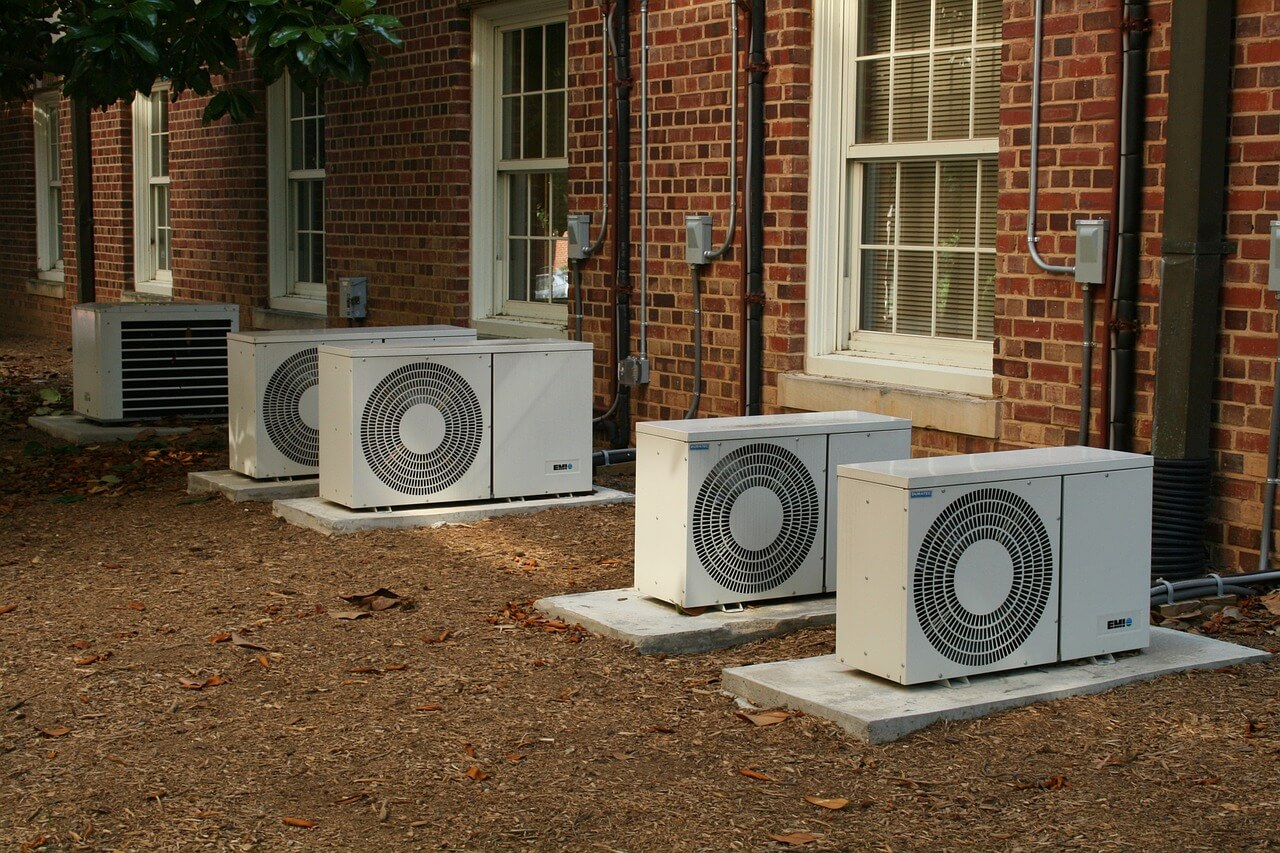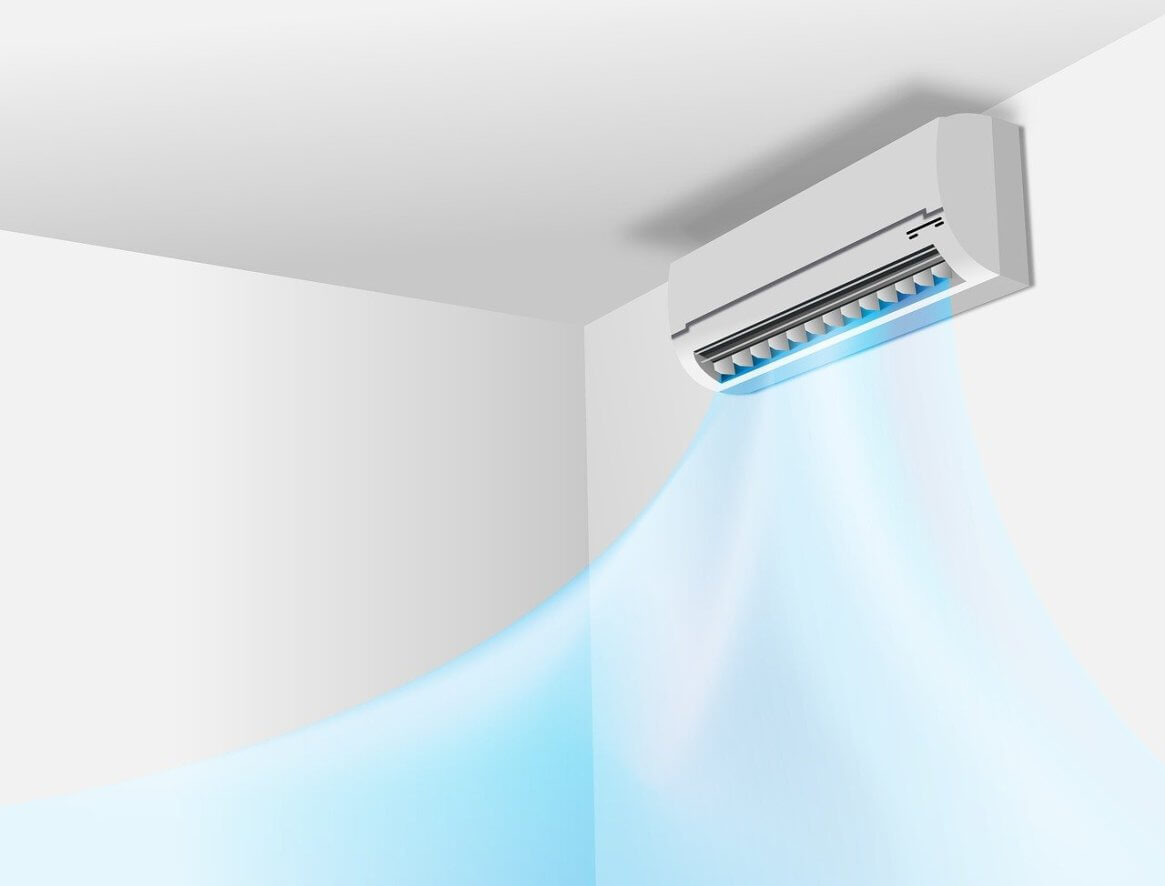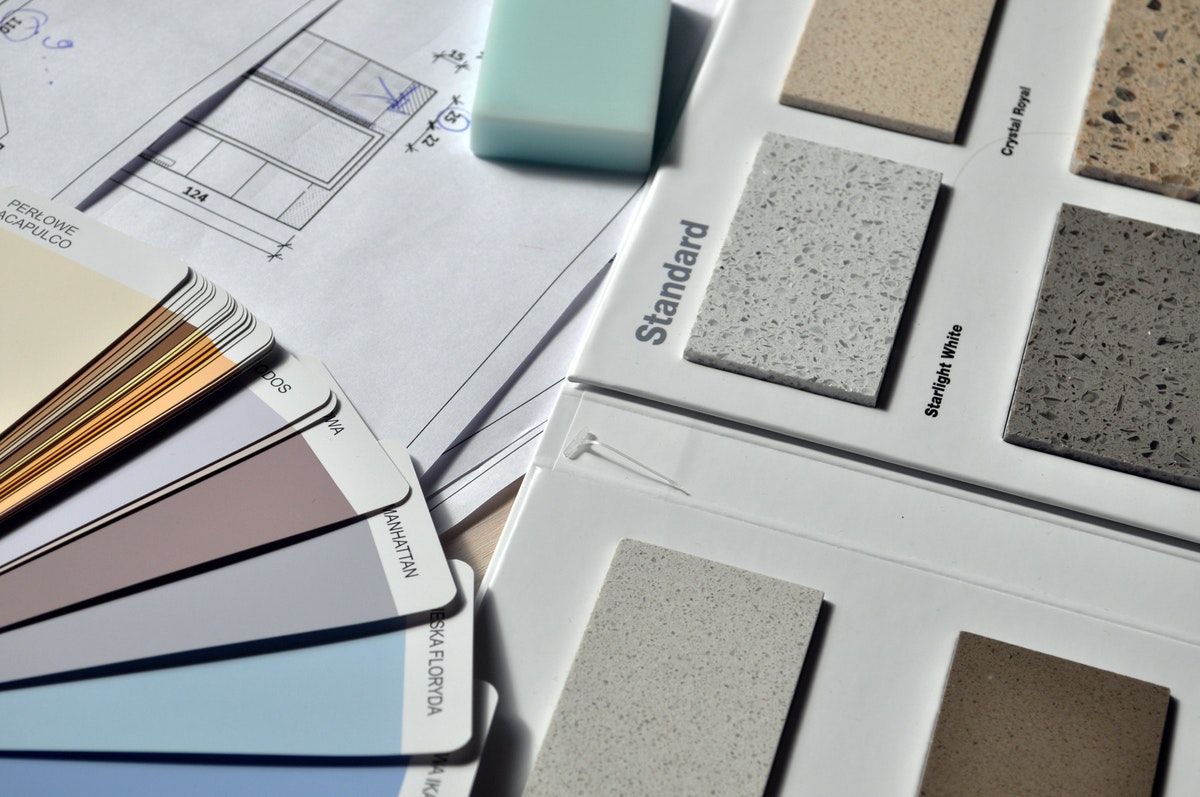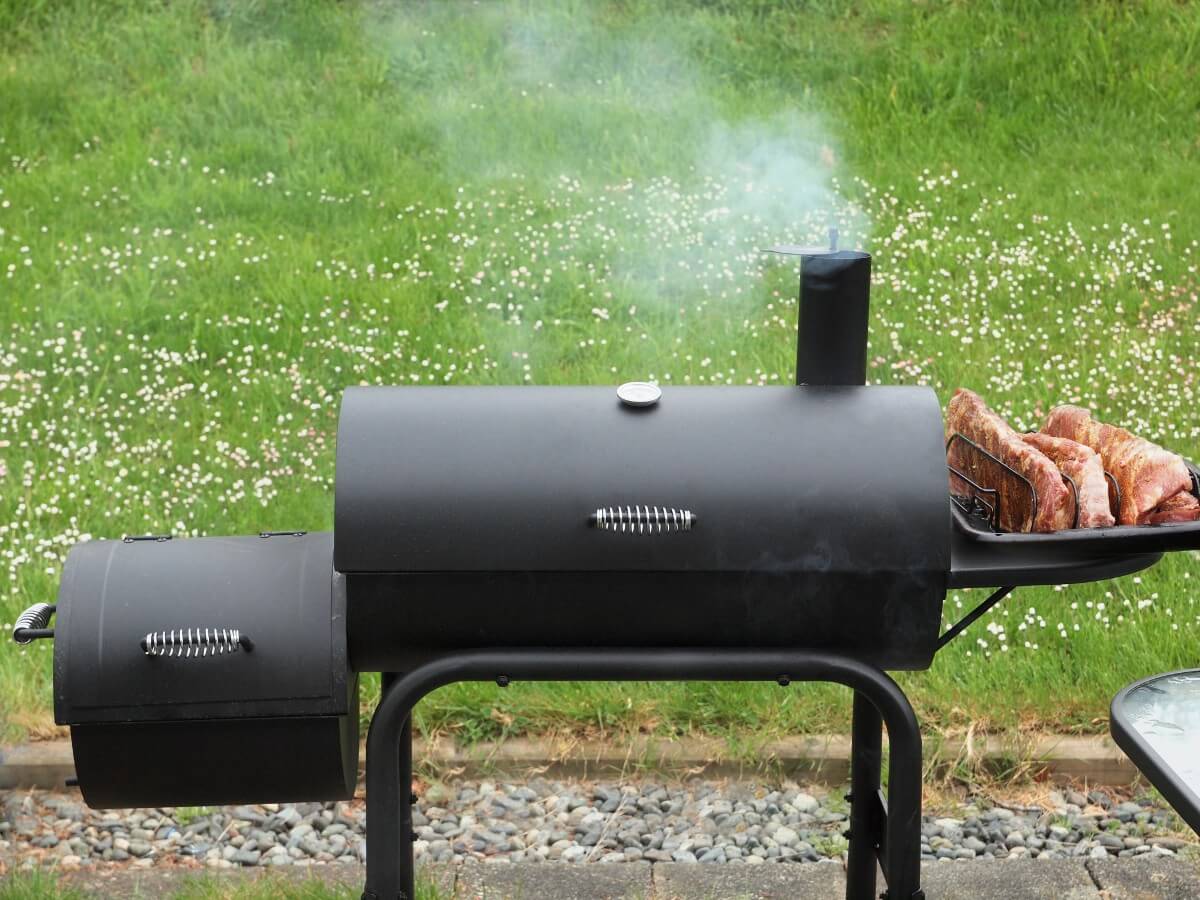You Can Save Major Money by Maintaining Your Heater and Air Conditioner
After 10 to 20 years, most homeowners find that it’s time to upgrade their existing heaters or air conditioners. New systems with modern engineering are designed to use less energy and thus reduce utility bills, making their purchase price absolutely worth it for most people.
But in addition to upgrading your system, you can also take steps to decrease your bill in other ways, like following scheduled preventative maintenance so you don’t spend all your hard-earned money on air conditioner repairs. However, you’ll still want to be operating a fairly efficient HVAC system to reap the most benefits.
Change the Temperature on Your Thermostat to Save Three Percent
According to the U.S. Department of Energy, during the summer, you can save 3 percent on your utility bill for every degree you increase the temperature on your thermostat when you run the air conditioner. For example, if your thermostat is usually set for 70 degrees Fahrenheit in the summer, if you adjust to 71 degrees, you will see a 3 percent savings!
Also Read: The Top 7 Benefits of Having Reliable Air Conditioning
For the best results, experiment with temperatures in your home and find the warmest possible temperature in the summer at which you’re still comfortable. Set the thermostat for this temperature while you’re still at home, and adjust the temperature to be about five degrees warmer when you’re away from home. A programmable thermostat comes in handy for this, so you don’t have to remember to make manual adjustments.
You can follow the very same strategy with your heating, lowering your home’s temperature until you find the coolest setting you can comfortably stand. It’s free to put on a sweater and slippers, but it costs money for each degree warmer you turn on your home’s heater.
Install Energy Star Appliances to Save $140
HVAC equipment that is more than 10 years old is not up to today’s standards in terms of Energy Star ratings. Energy Star is the government-backed symbol for energy efficiency; consumers can trust the designation because systems earn it based on factual, unbiased information, not subjective opinion.
Units that have earned the Energy Star designation have been shown to save homeowners about $140 on their annual energy bills – sometimes more, depending on just how old existing systems are!
Seal Your Ductwork to Improve Efficiency by 20 Percent
Even the most efficient HVAC system is useless if your home is plagued by drafts and leaky ductwork in a forced-air system.
Sealing and insulating ductwork can improve your heating and cooling system’s efficiency by about 20 percent, according to the U.S. government’s Energy Star program.
The ductwork you should focus on are in the attic, unheated garage, crawlspace, or unfinished basement. Use duct sealant (sometimes called mastic) or metal-backed foil tape to seal all the duct seams and connections. Then wrap your ducts in a special type of duct insulation to help regulate temperature.
You also can seal the remainder of the accessible ductwork in your house, even in heated and cooled areas, especially if you’re remodeling so that you’ll have easy access. (It may not be cost effective to rip walls and flooring down to the studs just to insulate every bit of ductwork in your home, however.)
Regular Maintenance Helps You Save
The easiest way to lower costs of home HVAC systems is by following a preventative maintenance schedule. When you employ a professional HVAC technician to come to your home for HVAC Tune-Up Services and to evaluate your system, they perform a few important maintenance tasks designed to keep your system fully operational.
While performing maintenance, HVAC techs tighten loose components, check for possible issues, lubricate moving parts, and clean your equipment. If necessary, they can perform a few minor AC or heating repairs before they become major issues. These simple tasks can prevent a premature replacement, so you get your money’s worth out of your existing system.
You Do the Math
To calculate how much you might save with a more efficient system, grab your most recent utility bills and a calculator. Add up that 3 percent for every degree warmer you set your thermostat in the summer, the $140 a year, and a rough estimate of what the equivalent of 20 percent more efficiency may save you. Consider that most heating and AC repairs cost, on average, between $150 and $450.
Also Read: What Does Central Heating Installation Involve?
The sum you come up with could be how much money you might save by investing in a more efficient air conditioner or heater in your home. And while you can’t put an exact value on efficiency, your estimate is likely an amount of money you’d be happy to have in your pocket, rather than being withdrawn from your bank account to pay your HVAC tech.








